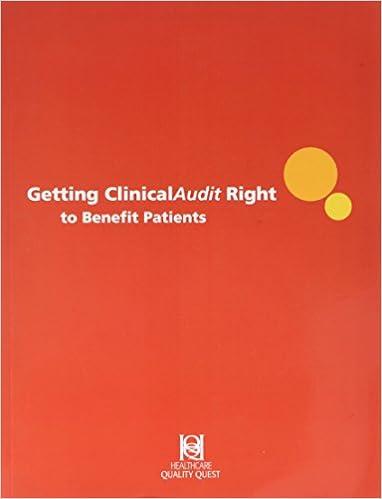Answered step by step
Verified Expert Solution
Question
1 Approved Answer
Please help me, I really don't mind if you answer certain parts of the questions first, and then complete the remaining ones, given that the






Please help me, I really don't mind if you answer certain parts of the questions first, and then complete the remaining ones, given that the time allocated to Experts answering a question is 2 hours. Please help!!!!
1. the following is a model of car demand. y = 60 + 61x1 + 2x2 + 3x3 + 64x4 + 65x5 + with y = number of new cars registered (thousand) x1 = oil price index x2 = median public transport price (rm) x3 = usable income per capita (rm) X4 = population growth rate (percent) x5 = employment (million people) using time series data for a period of 16 years, the estimated results are reported in the table below. Unstandardized Coefficients t Sig. B Std. Error (Constant) 8.583 12.544 0.684 0.509 -0.193 0.059 0.008 X1 3.271 X2 X3 38.566 5.626 6.855 0.000 0.0015 0.0007 2.143 0.058 . -0.595 0.472 0.236 1.261 X5 1.042 0.188 5.543 0.000 Additional Info: Budget expert correction, s = 0.5532, Sum of Squares Regression, SSR = 1819.57 and Sum of Squares Total, SST = 1822.63 (a) write the approximate regression line equation. (b) interpret the partial slope coefficient for employment and population growth rate. (c) assuming other factors remain, what is the effect of increasing the median price of public transport by 10 sen on the number of registered cars? (d) test the compatibility of the model as a whole at the significance level of 1% calculate the coefficient of determination, r2 and interpret. (f) at the 5% significance level does each independent variable significantly affect the number of registered cars? explain. (g) given the value of pearson correlation coefficient between oil price index and median public transport price is -0.565. (i) interpretation of the value of the correlation coefficient. (ii) test at the 10% significance a level whether the oil price index and the public transport price median have negative relationship. (h) given the oil price index is 102, the median price of public transport is 150 cents, usable per capita income is rm17500, employment and population growth rate are 10 million people and 1.5 percent respectively. predict the number of new cars registered 1. the following is a model of car demand. y = 60 + 61x1 + 2x2 + 3x3 + 64x4 + 65x5 + with y = number of new cars registered (thousand) x1 = oil price index x2 = median public transport price (rm) x3 = usable income per capita (rm) X4 = population growth rate (percent) x5 = employment (million people) using time series data for a period of 16 years, the estimated results are reported in the table below. Unstandardized Coefficients t Sig. B Std. Error (Constant) 8.583 12.544 0.684 0.509 -0.193 0.059 0.008 X1 3.271 X2 X3 38.566 5.626 6.855 0.000 0.0015 0.0007 2.143 0.058 . -0.595 0.472 0.236 1.261 X5 1.042 0.188 5.543 0.000 Additional Info: Budget expert correction, s = 0.5532, Sum of Squares Regression, SSR = 1819.57 and Sum of Squares Total, SST = 1822.63 (a) write the approximate regression line equation. (b) interpret the partial slope coefficient for employment and population growth rate. (c) assuming other factors remain, what is the effect of increasing the median price of public transport by 10 sen on the number of registered cars? (d) test the compatibility of the model as a whole at the significance level of 1% calculate the coefficient of determination, r2 and interpret. (f) at the 5% significance level does each independent variable significantly affect the number of registered cars? explain. (g) given the value of pearson correlation coefficient between oil price index and median public transport price is -0.565. (i) interpretation of the value of the correlation coefficient. (ii) test at the 10% significance a level whether the oil price index and the public transport price median have negative relationship. (h) given the oil price index is 102, the median price of public transport is 150 cents, usable per capita income is rm17500, employment and population growth rate are 10 million people and 1.5 percent respectively. predict the number of new cars registeredStep by Step Solution
There are 3 Steps involved in it
Step: 1

Get Instant Access to Expert-Tailored Solutions
See step-by-step solutions with expert insights and AI powered tools for academic success
Step: 2

Step: 3

Ace Your Homework with AI
Get the answers you need in no time with our AI-driven, step-by-step assistance
Get Started


